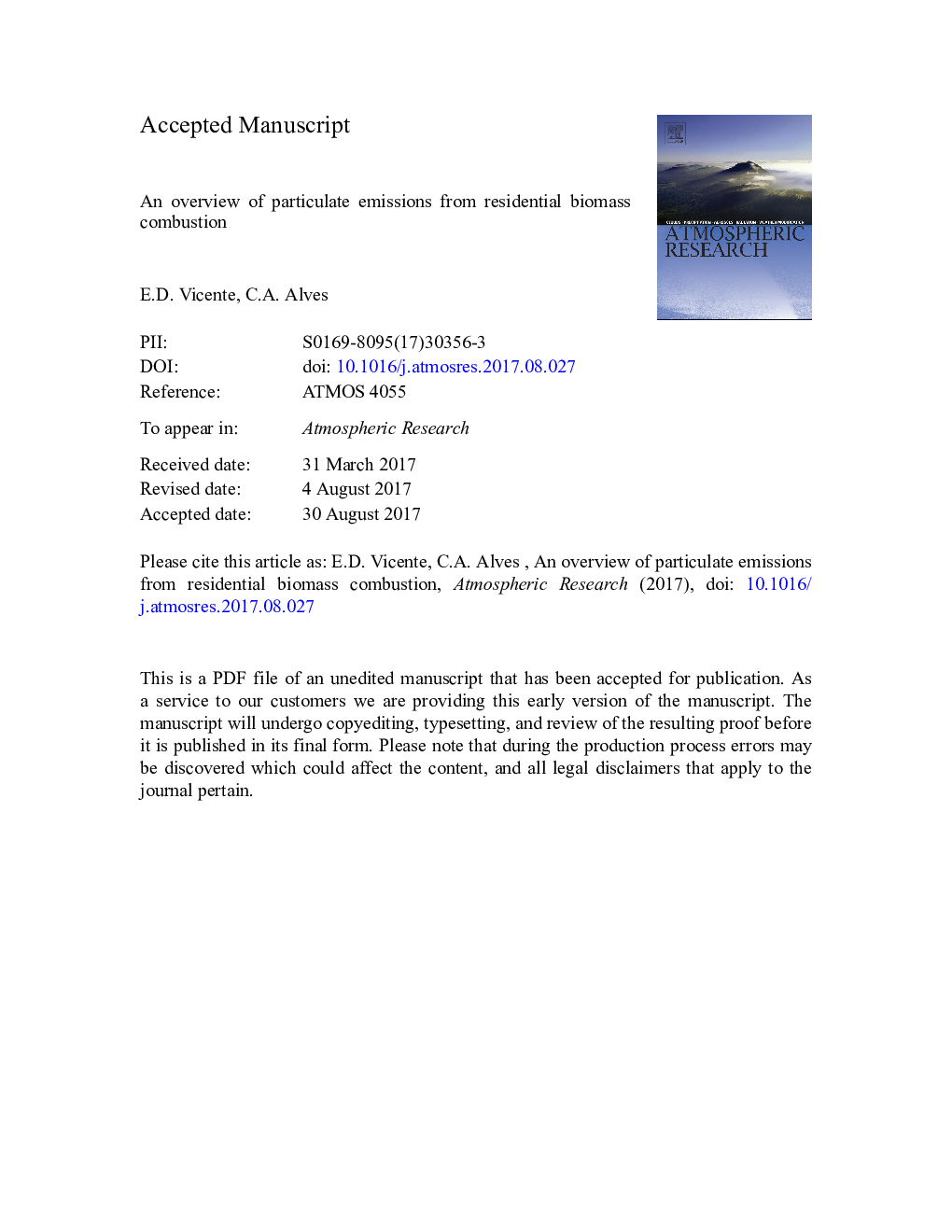| Article ID | Journal | Published Year | Pages | File Type |
|---|---|---|---|---|
| 5753540 | Atmospheric Research | 2018 | 85 Pages |
Abstract
Residential biomass burning has been pointed out as one of the largest sources of fine particles in the global troposphere with serious impacts on air quality, climate and human health. Quantitative estimations of the contribution of this source to the atmospheric particulate matter levels are hard to obtain, because emission factors vary greatly with wood type, combustion equipment and operating conditions. Updated information should improve not only regional and global biomass burning emission inventories, but also the input for atmospheric models. In this work, an extensive tabulation of particulate matter emission factors obtained worldwide is presented and critically evaluated. Existing quantifications and the suitability of specific organic markers to assign the input of residential biomass combustion to the ambient carbonaceous aerosol are also discussed. Based on these organic markers or other tracers, estimates of the contribution of this sector to observed particulate levels by receptor models for different regions around the world are compiled. Key areas requiring future research are highlighted and briefly discussed.
Related Topics
Physical Sciences and Engineering
Earth and Planetary Sciences
Atmospheric Science
Authors
E.D. Vicente, C.A. Alves,
